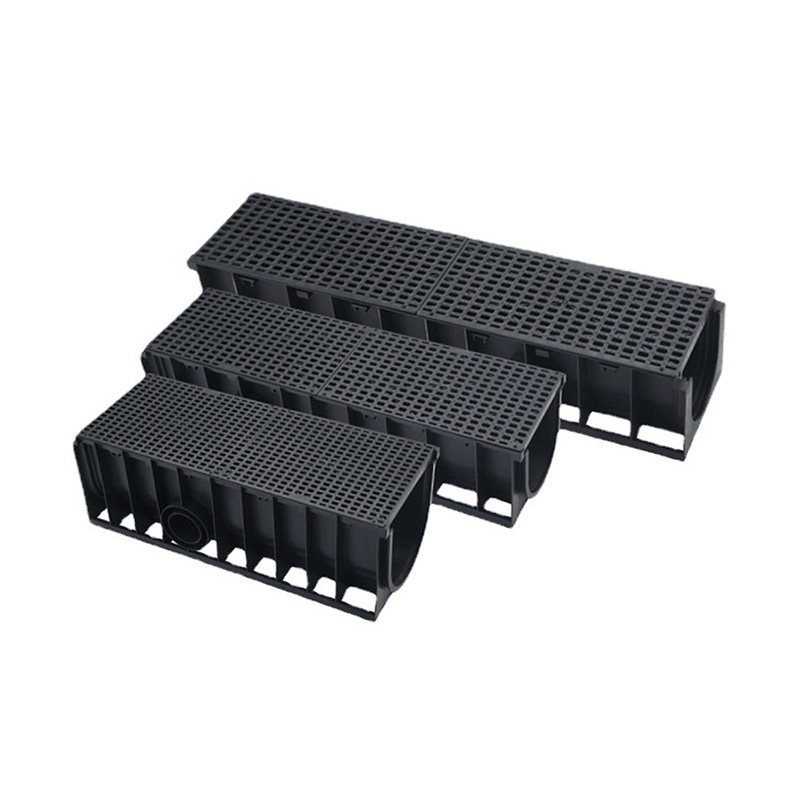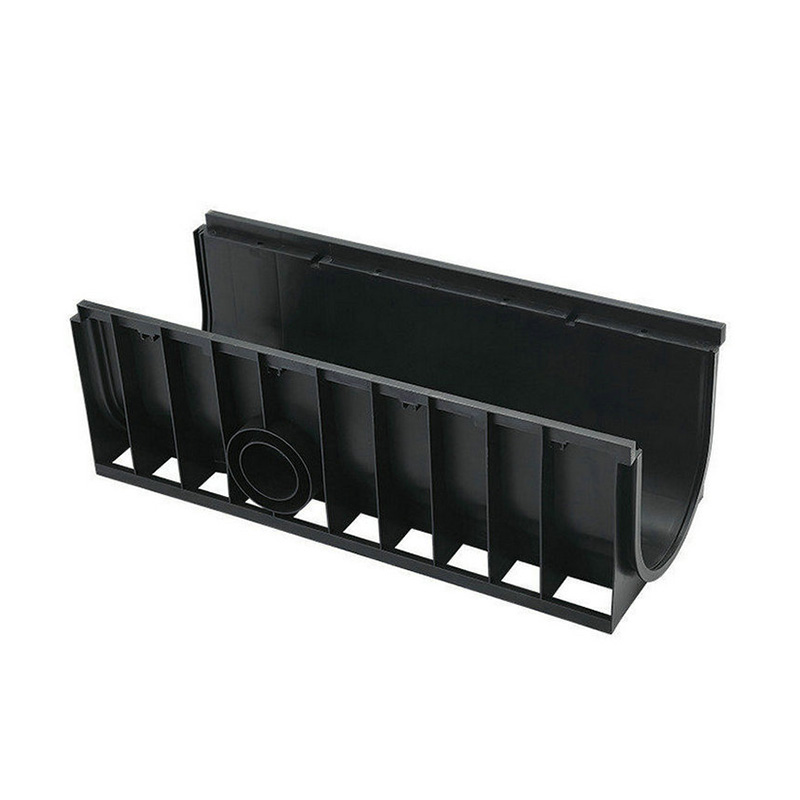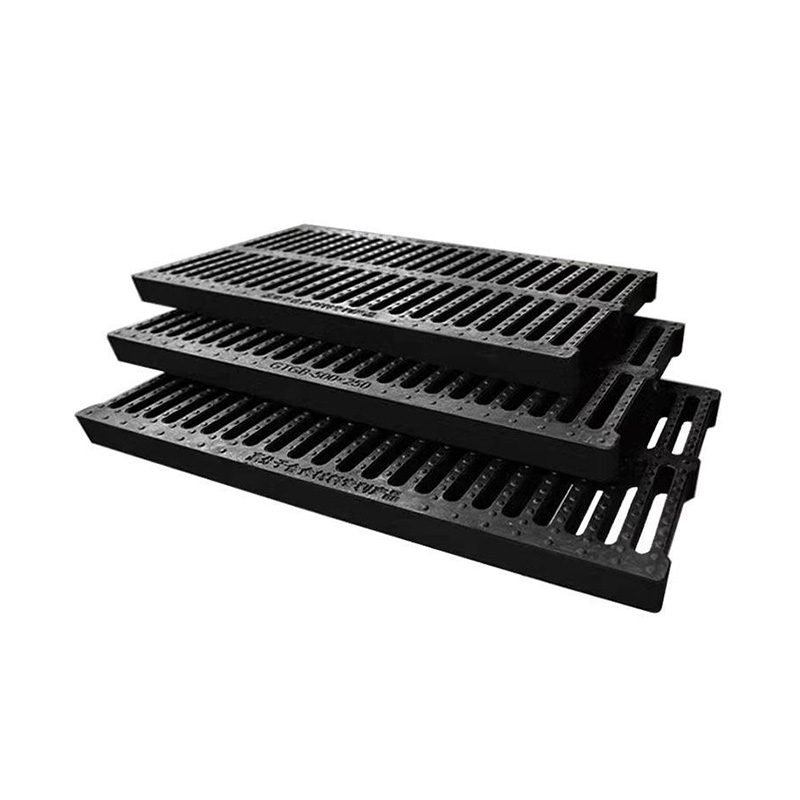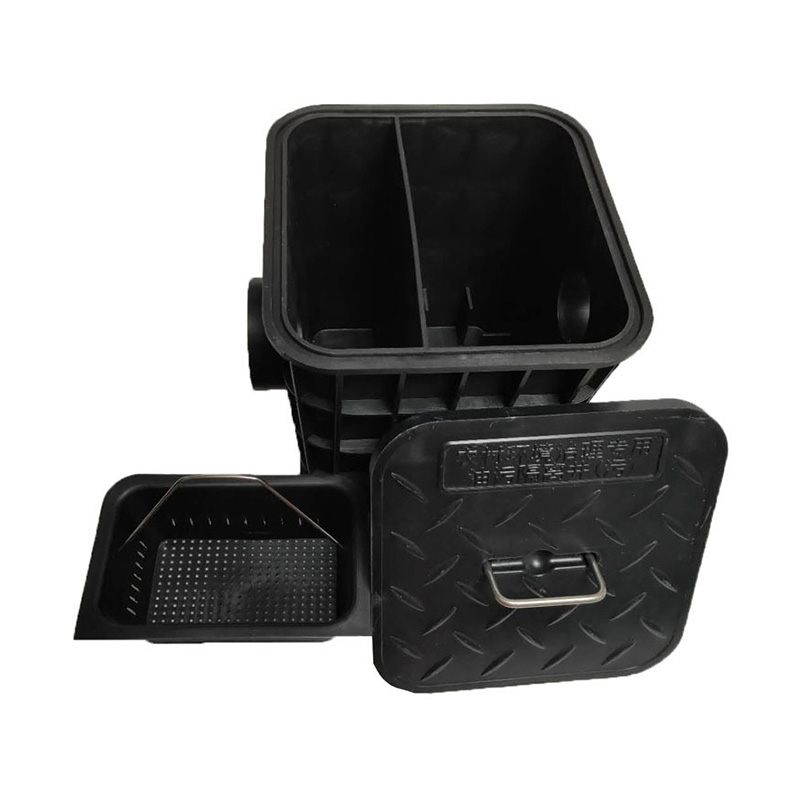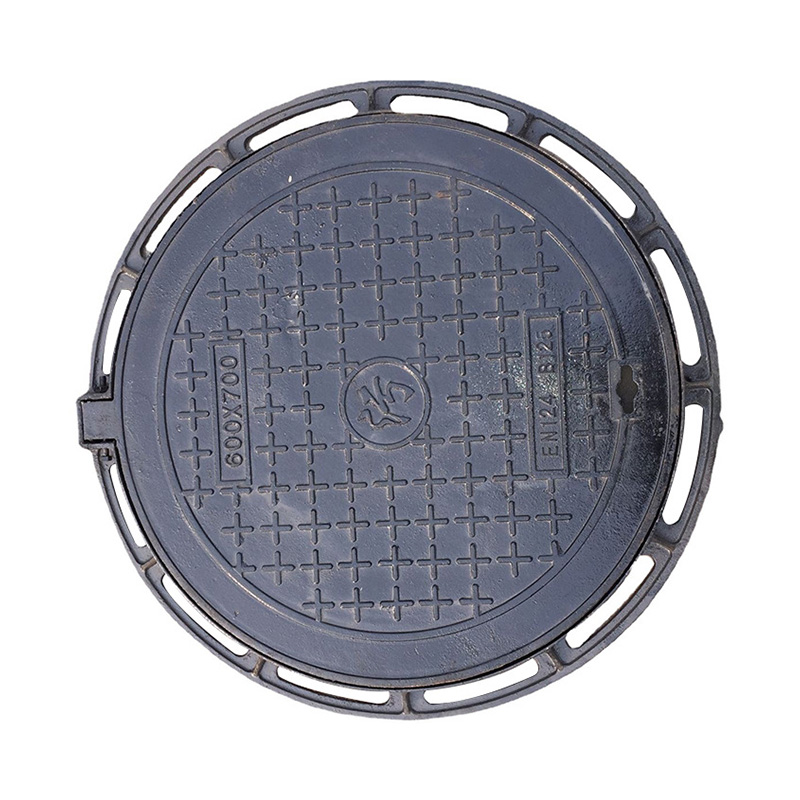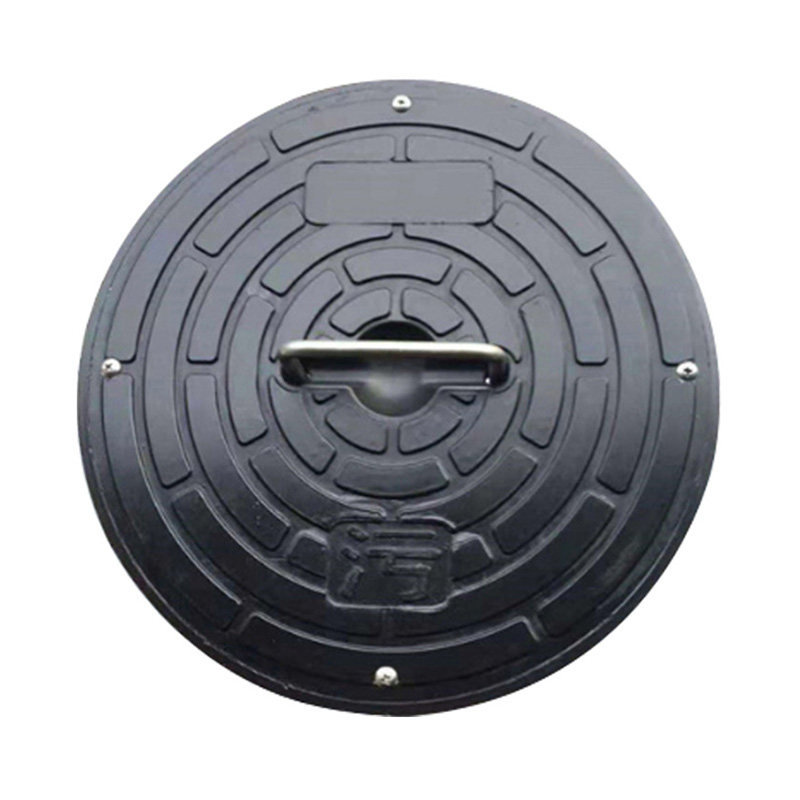When designing a drainage solution for a site, many engineers and property owners compare a Plastic Drainage System and traditional concrete systems. At the same time, a Drain Channel Cover plays a vital role in both setups—whether the channel is plastic or concrete, the cover helps protect the channel, enable safety, and maintain flow efficiency.
1. Strength & Load Capacity
Concrete is inherently strong in compression and can bear heavy loads. For heavy traffic areas, concrete channels have long been trusted to withstand vehicular loads. Plastic systems must be engineered carefully; sometimes they need surrounding concrete embedding or structural support. Some sources caution that “plastic is not as strong as concrete, so consideration must be given to how much weight will be applied from above.”
Thus, in high-load zones (roads, parking lots), concrete still often has the edge—or plastic systems must be upgraded with reinforcement or embedment.
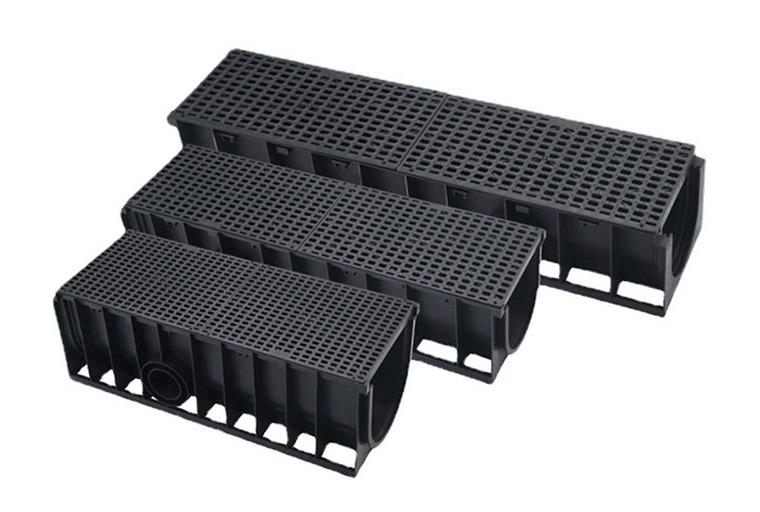
2. Weight & Ease of Installation
One of the big advantages of plastic systems is that they are lightweight. This reduces handling, shipping, and installation effort. Many projects find installing plastic channels faster, especially in tight or remote sites.
By contrast, concrete units are heavy, requiring cranes or heavy equipment to place. Their weight also makes them less flexible in tight geometries.
In fact, plastic stormwater pipes are often seen as nice to concrete in terms of cost, flexibility, and handling.
3. Durability & Longevity
Concrete has a long track record: when properly installed, concrete drains can last many decades. Some concrete systems continue functioning fifty years or more.
Plastic systems, particularly HDPE or UV-stabilized polymers, also perform well, resisting corrosion and chemical attack. However, they may be more susceptible to UV degradation, creep, or deformation under sustained load if not properly designed.
In practical terms, both systems can deliver long life; success depends heavily on design, site conditions, and maintenance.
4. Cost & Lifecycle Economics
At initial glance, plastic systems often cost less in terms of materials and installation labor. The savings come from lighter weight, easier handling, and potentially faster installation.
However, if a plastic system fails or deforms under load, repair costs may offset initial savings. Some critics argue plastic may incur higher long-term costs if not correctly engineered.
Concrete’s higher upfront cost and installation burden may be balanced by its robustness and lower repair frequency.
Hence, the ideal choice depends on the specific project constraints and lifecycle cost projections.
5. Maintenance & Repair
Plastic systems tend to have smoother internal surfaces, which can reduce sediment adhesion and ease cleaning. Because they resist corrosion, they often require less frequent structural maintenance than metal-based systems.
Concrete, while durable, can develop cracks, spalling, or joint issues over time, especially in aggressive environments (freeze-thaw, chemical exposure).
Repairs for plastic systems can sometimes involve modular replacement of sections, while concrete repairs often need patching or full replacement of units.
A well-designed Drain Channel Cover (grate or lid) in either system helps reduce ingress of debris, which lowers maintenance burden.
6. Design Flexibility & Integration
Plastic systems offer more freedom in shape, slope, and custom channel configurations. Because they are modular, you can design curves, variable depths, and integration with landscaping more flexibly.
Concrete systems tend to use standardized channel shapes and require more rigid, preplanned layouts.
If your site requires nonstandard geometries—or space constraints—plastic channels may be easier to adapt.

 English
English русский
русский Español
Español عربى
عربى
